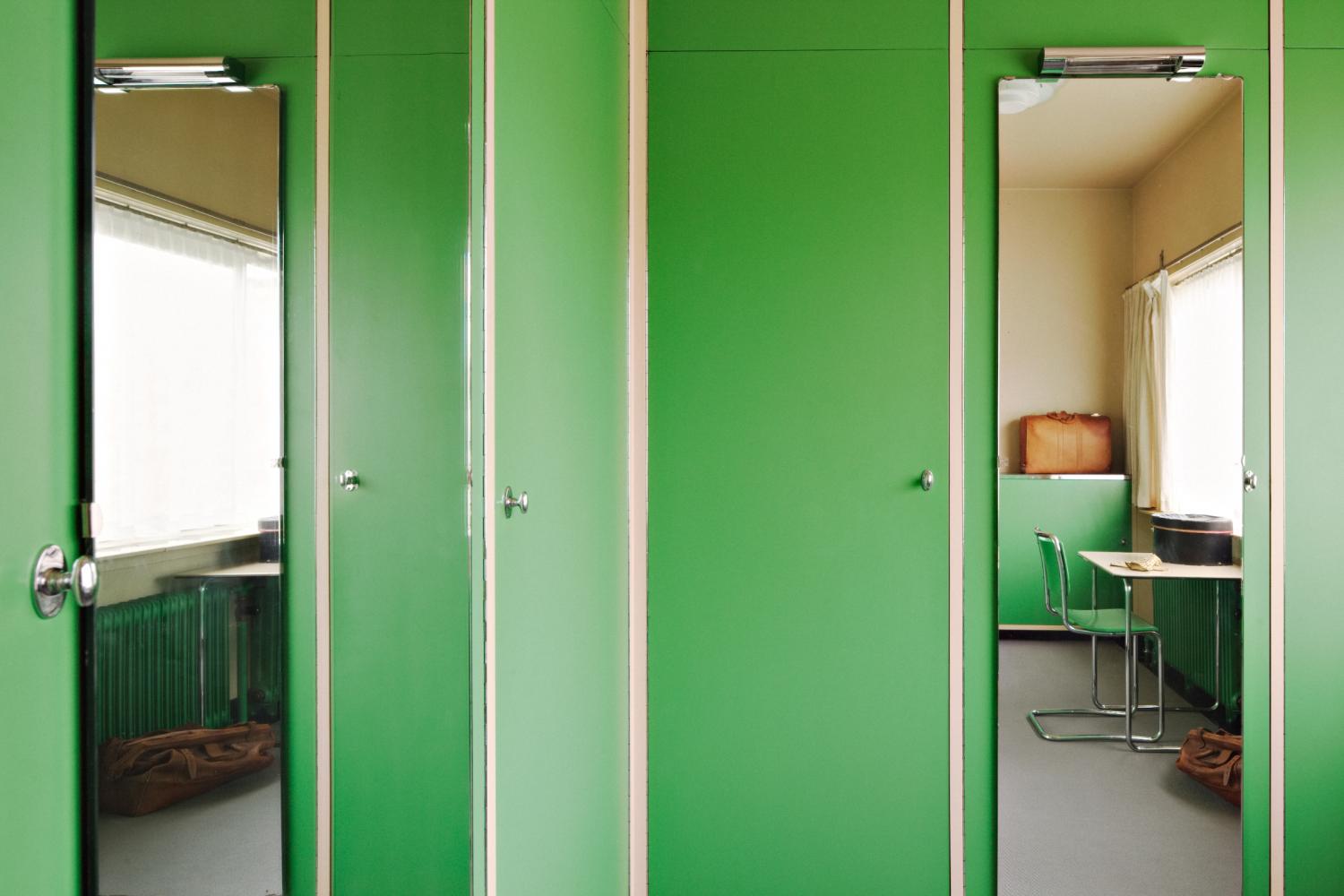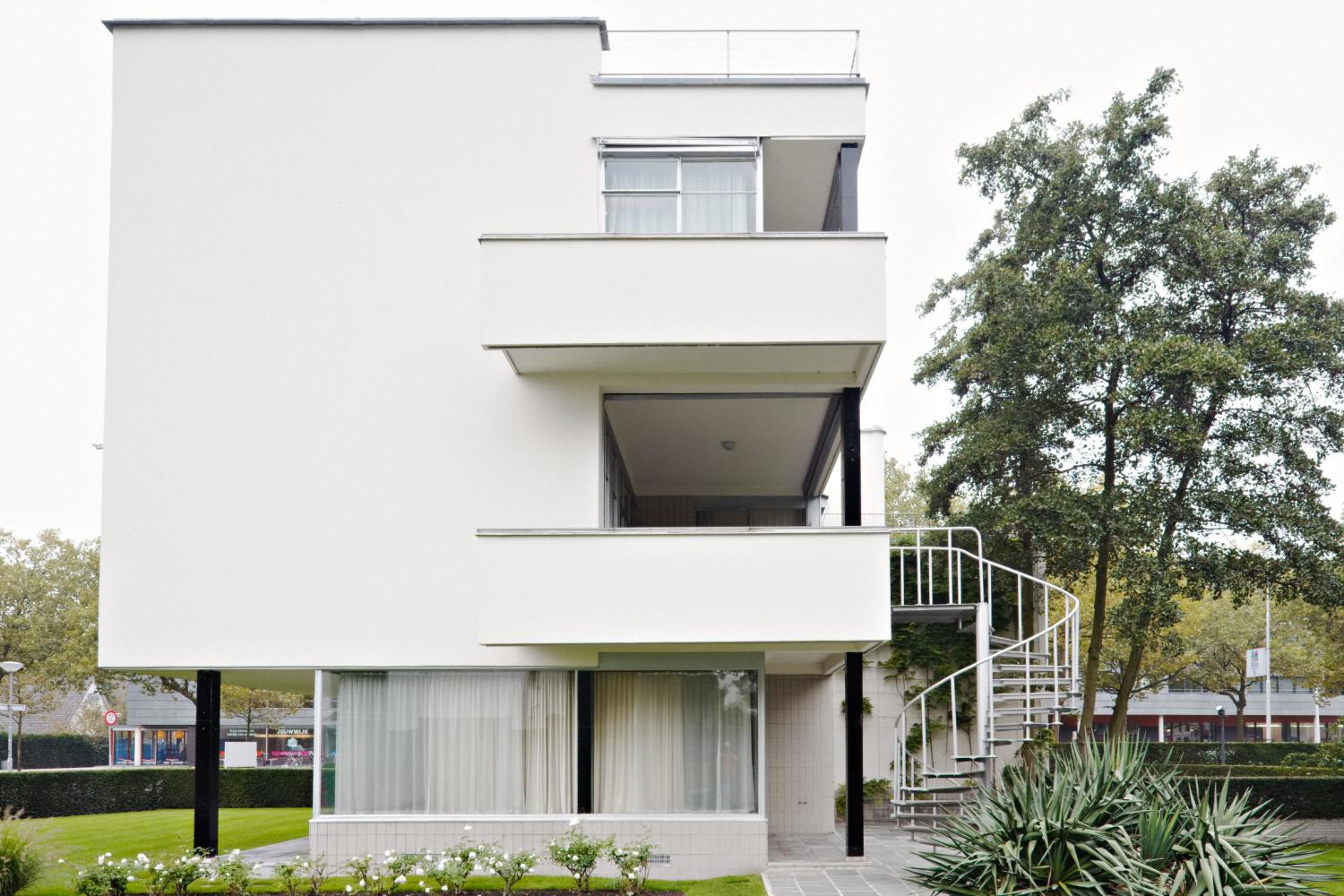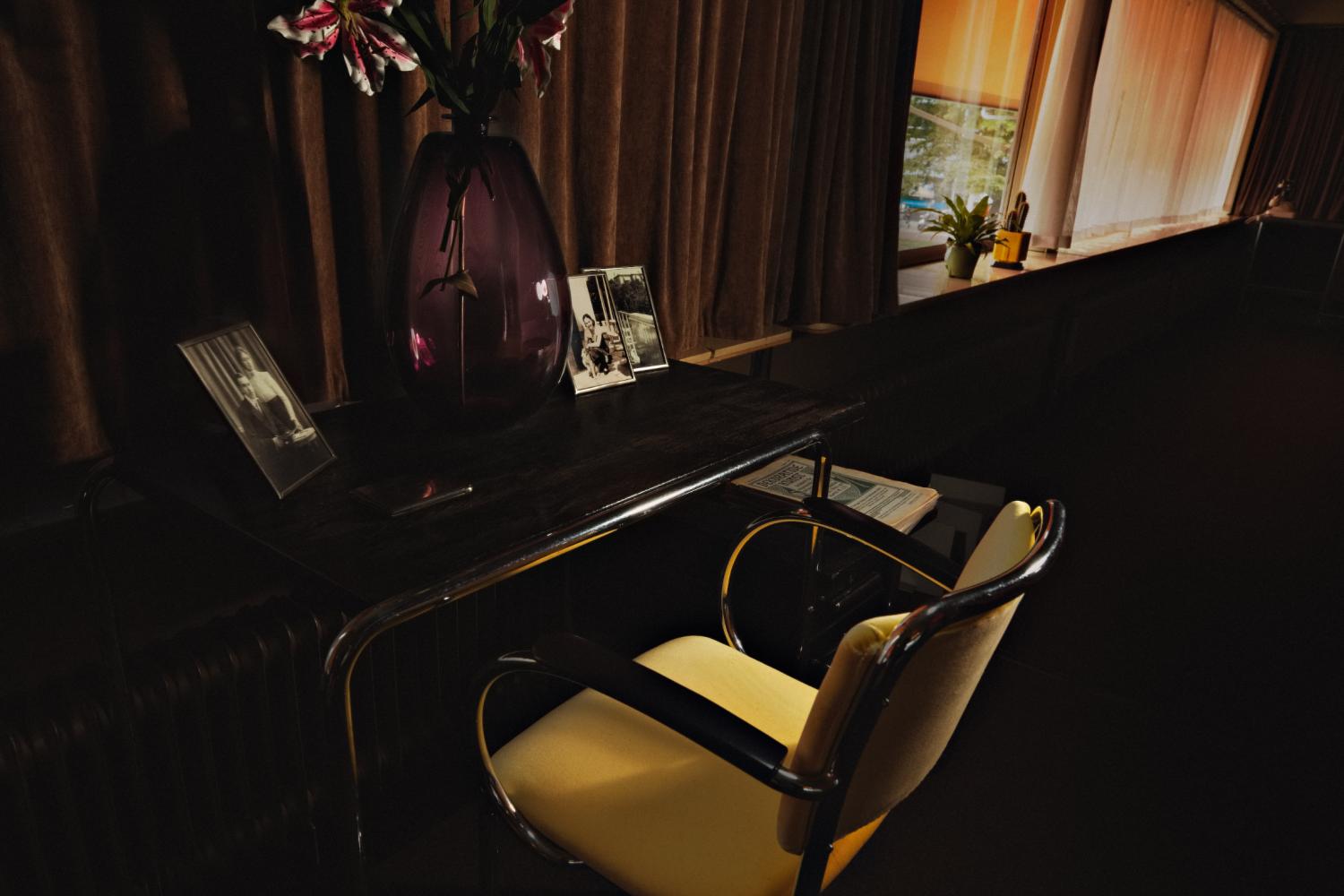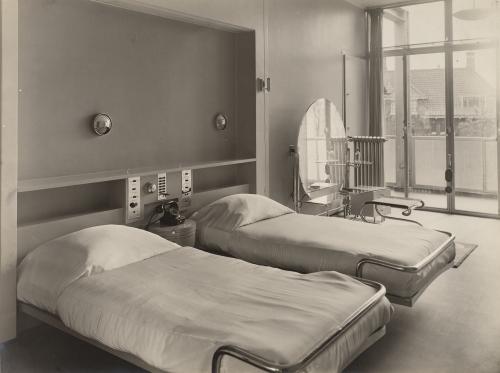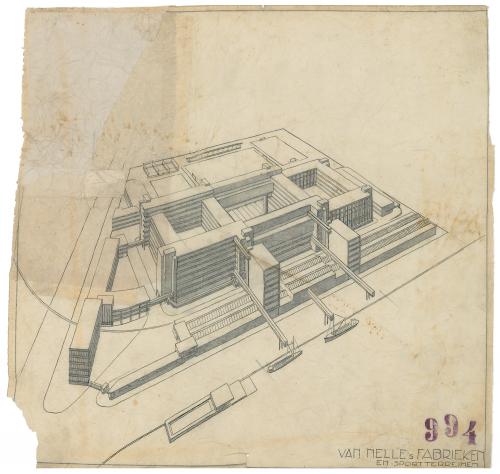Dutch functionalism
Functionalism emerged at the beginning of the twentieth century and had its heyday in the interwar years. Sonneveld House, built between 1929 and 1933, is one of the best-preserved private houses in this style in the Netherlands.
Light, air and space were important qualities for Functionalist architects. They strove to create a healthy living environment with abundant fresh air and sunlight for their buildings’ residents and users. The building’s function and the needs of the residents were more important to these architects than the building’s monumentality. They designed efficient and hygienic buildings using modern techniques and materials such as steel and concrete. Functional floor plans with freely divided spaces gave the buildings an open and light appearance, which was reinforced by balconies and terraces. Their buildings contrasted greatly with traditional, closed houses and apartment blocks.
See also
Bouwen voor het licht. Part 1, and Bouwen voor het licht. Part 2 Film about the building history of the Van Nelle Factory.
Huis van der Leeuw aan de Kralingseplaslaan in Rotterdam on City Portal Rotterdam
